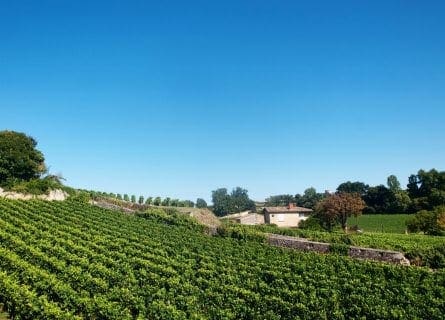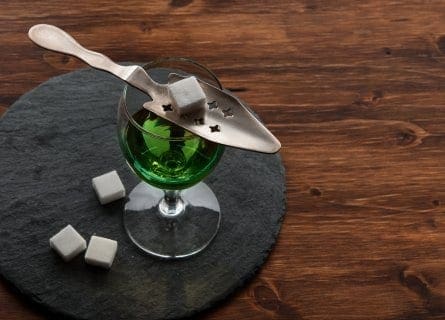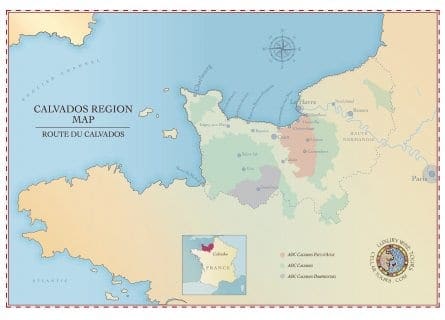
Saint Emilion Travel Guide
St-Émilion: Sip, Savor, and Soak in the Romance of France's Timeless Wine Village
Few historic villages in France can attract the same affection and inspire such passion and romanticism as St-Emilion (Saint Émilion). Arguably, it is France’s most famous viticultural center outside the city of Bordeaux itself. This small village is a powerful advertisement for the pleasures of making wine. It is hardly surprising then that tens of thousands of visitors from all over the globe are drawn to St-Emilion – a UNESCO World Heritage site thanks to its unspoiled character and its medieval monuments. Boutiques, restaurants, wine shops, and hotels continue to fill its medieval streets, enticing the thirsty visitors with their wares.
St Emilion’s history stretches back to Roman times when the Roman ruler Decimus Magnus Ausonius founded a small property in the 4th century when the Romans controlled Gaul (France). Ausonius was born in Bordeaux in the early 4th century, and after a long career as a city administrator, he retired to what we today know as St-Emilion in AD 383. He was the village’s first officially recorded resident and the beginning of many to fall in love with the region’s charms and serenity. His name has been immortalized in the famous St-Emilion winery, Chateau Ausone, and today’s vineyards can trace their history back to Roman viticulture in the 4th century.
Gaul had remained under Roman control for several centuries, and it had become an important territory for the Roman Empire. However, the Vandal and Visigoth tribes arrived in the 5th century, and Roman control over Western Europe collapsed. History only mentions this settlement along the Dordogne River once St Emilion was officially founded as a religious center in the 8th century.
St Emilion’s founding father was, appropriately enough, a Benedictine Monk called Emilian, who arrived in the area after swearing loyalty to a local count to manage his finances. Legend has it that Emilian, a breadmaker, gave some of his master’s bread to the poor and was ousted from the count’s service as punishment. Dedicating the remainder of his life to worship, Emilian chose the now-famous large piece of limestone in the village to begin carving out an entire subterranean monolithic church. This process would take successive generations of monks over 300 years!
Emilian spent the last decades of his life creating a large cave in which he lived until he died in 787. His work was taken over by the Monks, who continued to develop a vast network of caves, catacombs, and eventually the Church that stands today. During this time, the village was renowned as a significant religious center; pilgrims visited the old dwellings of Emilian and his followers.
Today, the legacy of St Emilion’s subterranean past survives and is a major draw for visitors! As you walk along the village’s quaint medieval alleyways, remember that these limestone streets form the heart and soul of St-Emilion, having been quarried centuries ago beneath your feet. The Jurade, a center for tourism, organizes tours every day in the summer through the miles of underground passageways and wine cellars that make St-Emilion such a fascinating and distinctive wine town to visit.
After Emilian’s death, the settlement continued to prosper and grew into an essential outpost of the Aquitaine province in the 12th century. As the population grew, so did the need for protection, and the area’s rulers fortified St-Emilion with a moat, iron gates, and a King’s Tower—a far cry from the original religious settlement founded by the Benedictine Monks.
St Emilion’s peaceful existence was shattered during the Hundred Years War, a conflict between England and France for control of the French throne and her territories. The conflict engulfed France from the mid-14th century until the 16th century, and St Emilion was captured, fought over, and lost by both sides more than once! At the end of the 16th century, the village was in a sorry state with little evidence of its former prosperity. Many of its key monuments and buildings were damaged, and the population had declined significantly.
After the conflict with England and other nations ended, St Emilion enjoyed a relatively stable and peaceful existence in the 1600s. This peace would last until internal social and political tensions erupted into the French Revolution in 1789. This period of great social upheaval and class struggle saw countless members of the aristocracy executed, the working classes rose against their rulers, and scores were settled on both sides. During this turbulent period, the residents of St-Emilion vacated the village, leaving it to the mercy of revolutionaries who defaced and pillaged the center. It remained almost completely unoccupied for the next century.
The 19th century would herald better times for the village, and slowly but surely, its population returned to these fine limestone streets, encouraged by the growth of the wine trade. The 1800s were a great time for Bordeaux’s winemakers, as their produce was finding massive favor across Europe, fueling a newfound era of prosperity for St Emilion’s many Chateaux. The village reaped the benefits of this ‘wine boom’ with unprecedented numbers of tourists and merchants visiting each year. The area’s residents started restoring the town to accommodate the wine trade and take advantage of the traffic it created.
The winemaking village enjoyed a stable and prosperous existence until the outbreak of the First World War in 1914. St-Emilion escaped reasonably unscathed from the conflict, and the French government relocated from Paris to Bordeaux during the beginning of the War. History repeated itself after the outbreak of World War II in 1939, and the Nazis occupied Bordeaux and the surrounding regions for several years; the Nazi Commander-in-Chief Herman Goring was a big fan of Bordeaux wines.
St Emilion emerged from the conflict undamaged, although perhaps emotionally scarred, and has continued to prosper through the late 20th and 21st centuries. With the global renown of its wines at an all-time high, this village has never known such good times. Today, it is a “must see” for travelers to the Bordeaux Wine Region. It is a living history lesson; its cellars and underground passages have remained unchanged for centuries. And yet, for all its architectural beauty and rich cultural life, St Emilion is a wine town, as evidenced by the never-ending line of vineyards stretching in all directions from the old historic center. The quality of these wines has sustained the prosperity of this beautiful village for centuries. Simply put, few places in France can do it better!
-

Saint Emilion Vineyards Gastronomy & Wine
The French take two things very seriously, and the citizens of St-Emilion are no exception. French cuisine derives from many varying influences, with a traditional emphasis on fresh, local produce and rich sauces, butter, and cream featuring heavily.
Like every French town, St-Emilion has its abundance of typical Bistros, serving the staples of confit of duck and rib-eye steaks accompanied by the legendary Frites! The village is famed for its numerous restaurants and local delicacies. Lampreys cooked in red wine and served with a bottle of the region’s finest offering are heavenly! The best restaurant district seems to be near the old historic center, where several top-class eateries are to be found. In addition, St-Emilion has a weekly open-air market to explore in the spring and summer months, selling first-class local produce, including cheese, bread, wine, olives, and meat.
Local cuisine is primarily based on lamb, beef, abundant fresh seafood, and shellfish washed down with a glass or two of St Emilion. Bordeaux is the world’s largest fine wine region and is the most famous for its red wines outside France. St Emilion is classified as a Right Bank region; its historic vineyards lie close to the banks of the Dordogne and have been producing wine since Roman times. Merlot is the dominant variety here, producing structured, complex, sweet-smelling wines epitomizing elegance. St Emilion’s restaurants and wine shops are well stocked with local offerings and wines from other regions in Bordeaux. The problem is that you are spoilt for choice!
A Gastronomic Guide to the Cusine of Bordeaux: Read more
Nearby Wine Regions
-
 Explore Bordeaux! Left Bank Cabernets, Right Bank Merlots. Find your dream bottle & plan your next tour! (with 2024 insights) Read more
Explore Bordeaux! Left Bank Cabernets, Right Bank Merlots. Find your dream bottle & plan your next tour! (with 2024 insights) Read more
Highlights
-
St Emilion monolithic church
This fascinating and beautiful subterranean church was conceived by a Benedictine monk, Emilian, after which the village was named. Legend has it that Emilian and his successors took over 300 years to construct the vast network of underground passages, where Emilian was laid to rest. Highlights include the paintings in the Chapelle de la Trinite and the catacombs. Before you leave, you must climb the 196 steps to the top of the Church’s Bell tower for unparalleled views of this charming medieval village.
-
Maison du Vin
St Emilion’s wine and tourism center has been serving visitors an impressive selection of local wines for many years. There is no better way to sample a wide variety of the region’s superb wines in a relaxed, inviting setting. The center offers different tutored tastings and will organize trips further afield, not to mention a veritable treasure trove of information about the area’s history and vineyards.
Recommended for you
More information
If you would like us to customize an exclusive luxury tour, contact us and let us know your travel plans. We offer luxury food and wine tours for private groups of a mininium two guests. In addition, all of our private, chauffeured tours are available year-round upon request.














